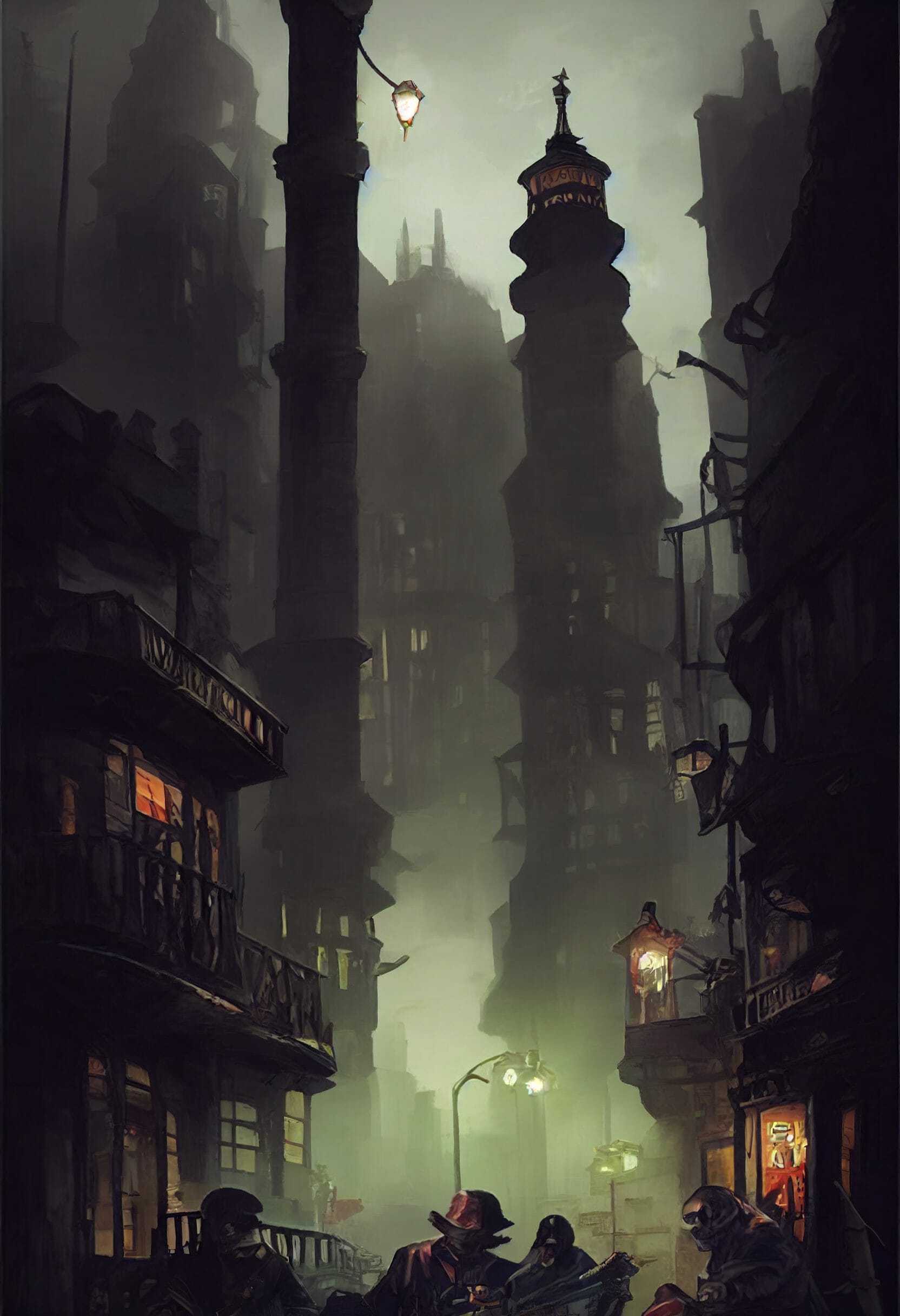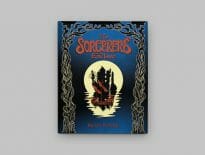I’ve recently been thinking about scale. I have been running a few D&D campaigns for almost two years, and I’ve watched the stories we tell slowly shift upwards in their viewpoint.
When games started, the players were travelling adventurers or single city crime gangs, but they’ve slowly generated the sort of story that isn’t about resolving the conflicts of a few villagers or one city. They gradually started influencing the fate of nations. Now some of them are zipping around, visiting four geographically distinct locations in the same session, order to recruit and gain knowledge from people they’ve met before all over the world in their previous adventurers.
We’ve gone from playing The Hobbit to Game Of Thrones to the Wheel Of Time. Looking back and realising this made me think about how we generate this sense of scale in our games and how we can set it at certain levels.
And yes, for those long-time readers, I guess that means scale is a ‘dial’ of sorts that can be cranked up and down, but it’s an in-game one. So let’s start by turning the dial right down and looking at the small-scale game.
Personal & Apparent
Games that take place on a small scale are actually some of my favourite games. Pick one building and really go to town on that location.
A whole campaign of Vampire: The Masquerade might never leave the boundaries of a city. A Cthulhu murder mystery that takes place in one location, like an old house or ocean liner. These are games with a tight focus. The fate of the world is unlikely to be at stake, but in this small space, a personal battle for survival might be taking place.

The trick to understanding the small-scale story is to really invest in each location, NPC and event to really ground the reality of the scale you are in and come up with ways the impact PCs have still count. Sure the world isn’t in danger, but if the players have grown invested in the local shopkeeper, an adventure which ends with them losing their shop and having to move away is still one with deep and important consequences.
Small scale also allows us to write in a specific genre and style without it getting lost in the greater world-building details. Horror really excels at this – players are challenged to overcome a personal fear in a specific location and therefore change and grow. Focus on secrets hidden by NPCs that can be uncovered, changing the local area’s feeling. Maybe it means the town you thought safe is actually built on a lie, or the local area is a political pressure cooker that you have to manoeuvre through. Make sure something is secret, and something is more complex than it looks.
Either way, this scale works really well for introducing backstory elements on a personal level or if you want players to grasp a new concept that will later take a bigger role. Introduce it in a story or adventure on a small scale, then bring it back in a new way when you crank the scale upwards. This foreshadowing makes for a smoother narrative but makes players feel like they had a chance to learn something before you hit them up with a horrid massive thing later on. For example, a small trip to the feywild might prepare the group for a full quest later into the wilder realms.
Remember, small-scale stuff is often about things being right in front of you. The challenge isn’t an army marching across a continent, it’s a horrid aberration, and it’s literally in the room with you right now. Threats should be quite prepared to just cut to the ‘disposing of heroes’ part of the plan if they need to.
An interwoven narrative is also a good thing to implement in a small-scale game. You can’t do anything in a small-scale game without upsetting somebody. Helping or hindering one person will doubtless have an effect on someone else. Small-scale is intensely focused on people, so it’s important to have these concepts mapped so that sometimes a seemingly small decision by a character can completely turn a small-scale campaign on its head.
This is also true of the endings of small-scale adventures and campaigns. You can leave some things unresolved, but you have to have had the players have still an impact. This small environment is now better or worse because of them.
Coming Down To Small Scale…and Back up again.
It’s also important to remember that even in large-scale games, we should occasionally take a moment to look at the smaller scale.

After a massive pitched battle or huge city levelling event, take a moment to reflect on the human cost. If a victory is achieved on a universal scale, it can still be good to go and look at how an NPC friend of the players has benefited. Small human moments will elevate almost any narrative because it’s taking a breath and showing that the larger events of the world have a trickle-down consequence.
Once down into the smaller scale, you can spend a moment to change the game’s focus and then climb the game back up again through that moment.
We recently had a game where my players defeated a tarrasque and ended a conflict by exploding a dam, ruining a city but saving a nation. So we spent the session after victory showing that this had left the natives of the country without any food supplies, and there were people who needed help, some with PTSD-like symptoms, and others were now homeless. The victory had a cost to a lot of people. But we pulled it back up again when we started planning to sort the food crisis and realised the colonialist power had the resources to sort food temporarily – at the cost of potentially subduing the natives. This brought the focus back to the players’ standard scale but with a different bent.
I hope this helps you gain an idea of some ways to deal with the games at the smaller end of the spectrum, be it adventurers in a village or superheroes defending a single neighbourhood.
🤖AI Disclosure. Software helped create images in this post. Geek Native's AI Content Policy.



